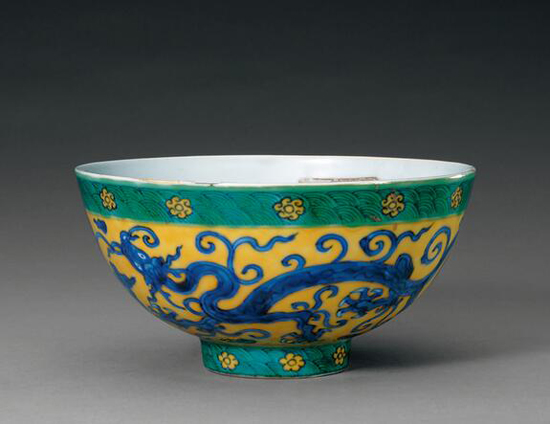China,the Hometown of China
3 min readChinese ceramic ware shows a continuous development since the pre-dynastic periods, and is one of the most significant forms of Chinese art.China is richly endowed with the raw materials needed for making ceramics.The first types of ceramics were made during the Palaeolithic era.Chinese Ceramics range from construction materials such as bricks and tiles,to hand-built pottery vessels fired in bonfires or kilns,to the sophisticated Chinese porcelain wares made for the imperial court.China had a monopoly on porcelain production until relatively recently,and porcelain is also often called”china”in English.

Some experts believe the first true porcelain was made in the province of Zhejiang during the Eastern Han period.Chinese experts emphasize the presence of a significant proportion of porcelain-building minerals (china ciay.porcelain stone or a combination of both)as an important factor in defining porcelamn.Sharcs recovered from archaeological Eastern Han kiln sites show that estimated firing temperatre range from 1,260 to 1.300C.As far back as 1000 BC,the so-called”Porcelaneous wares”or prato-porcelain wares” were made using at least some kaolin fired at high temperatures.The dividig tine between the two and true porcelain wares is not a clear one.
The late Han years saw the early development of the peculiar art form of hunping,or”soul jar”:a funerary jar whose top was decorated by a sculptural composttion.This type of vessels became widespread during the following Jin Dynasty (265-420)and the Six Dynasties.

Tang Sancai burial wares
Sancai means three-colours.However,the colours of the glazes used to decorate the wares of the Tang dynasty were not limited to three in number.In the West,Tang sancai wares were sometimes referred to as egg-and-spinach by dealers for the use of green,yellow and white.Though the latter of the two colours might be more properly described as amber and off-white/cream.
Ding ware
Ding(Wade-Giles:Ting)ware was produced in Ding Xian county(modern Chu-yang), Hebei Province,slightly south-west of Beijing.Already in production when the Song emperors came to power in 940,Ding ware was the finest porcelain produced in northern China at the time,and was the first to enter the palace for official imperial use.Its paste is white,generally covered with an almost transparent glaze that dripped and collected in”tears,”(though some Ding ware was glazed a monochrome black or brown,white was the much more common type). Overall.the Ding aesthetic relied more on its elegant shape than ostentatious decoration;designs Were understated,either incised or stamped into the clay prior to glazing.Due to the way the dishes were stacked in the kiln,the edges remained unglazed,and had to be rimmed in metal such as gold or silver when used as tableware.Some hundred years later,a Southern Song era writer commented that it was this defect that led to its demise as favoured imperial ware.Since the Song court lost access to these northern kilns when they fled south,it has been argued that Oingbai ware was viewed as a replacement for Ding.
Jun ware
lun(Wade-Giles:chin)ware was a third style of porcelain used at the Northern Song Court Characterized by a thicker body than Ding or Ru ware,Jun is covered with a turquoise and purple glaze,s thick and viscous looking that it almost seems to be melting off its substantial olden-brown body.Not only are Jun vessels more thickly potted,their shapes are much more robust than the fine Jun pieces,yet both types were appreciated at court of Emperor Huizong. Jun production as centered at Jun-lai in YUxian county,Hunan Province.








